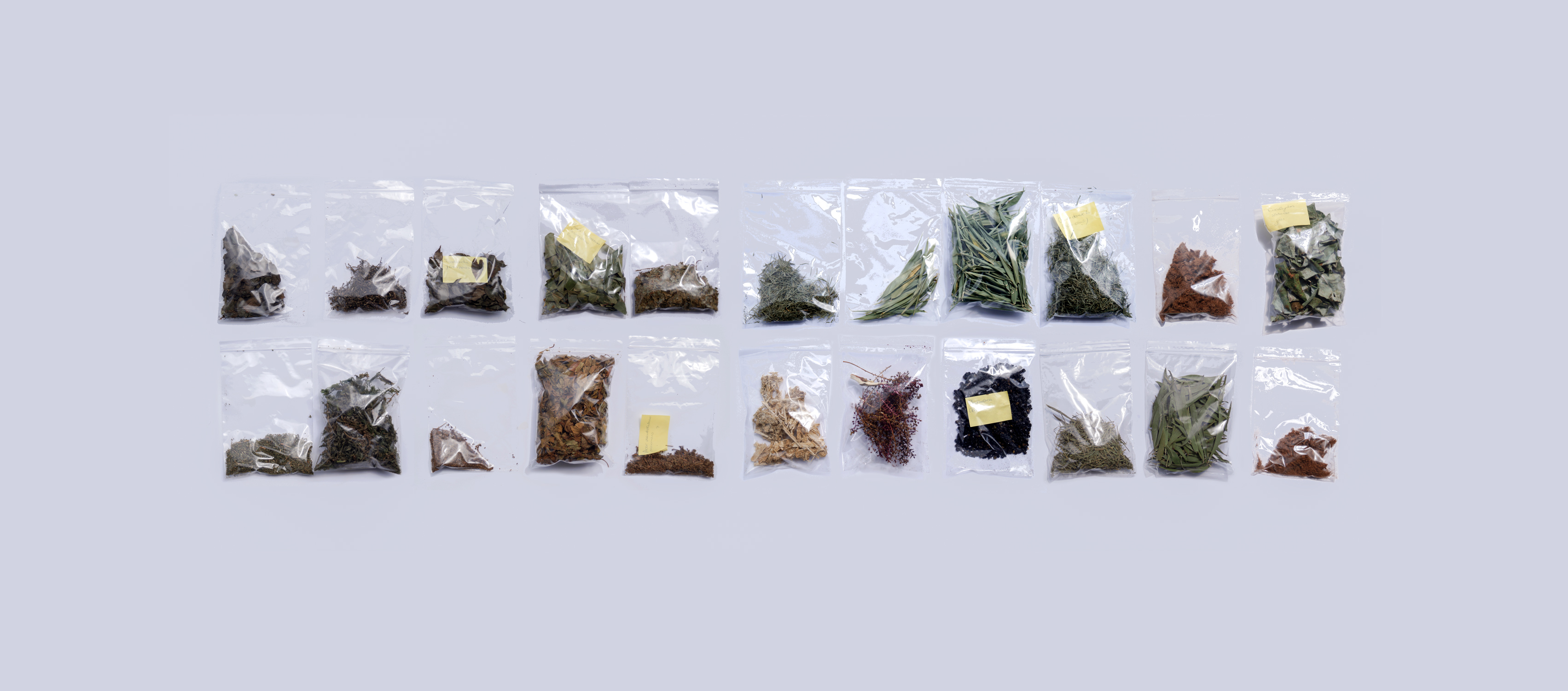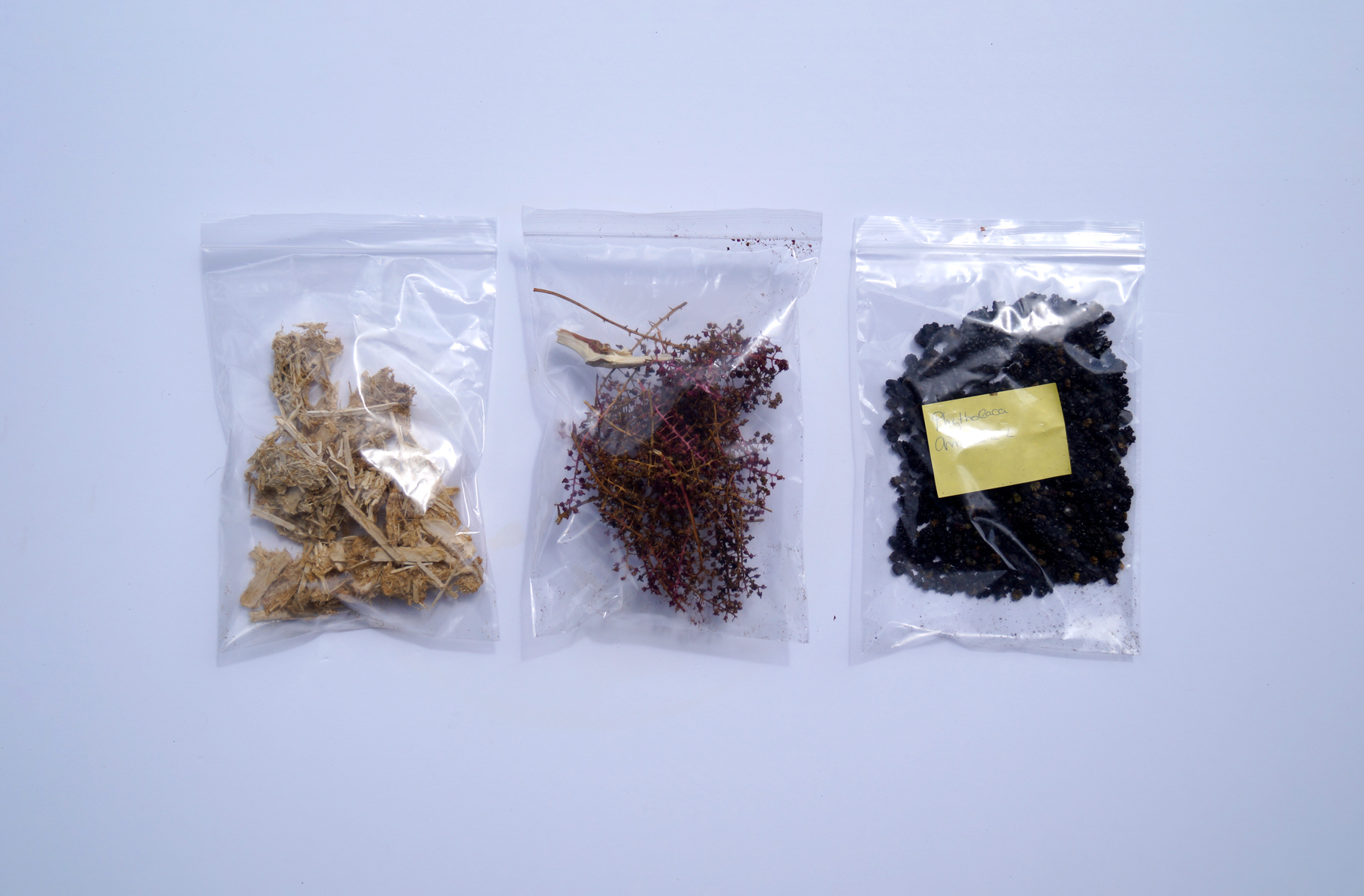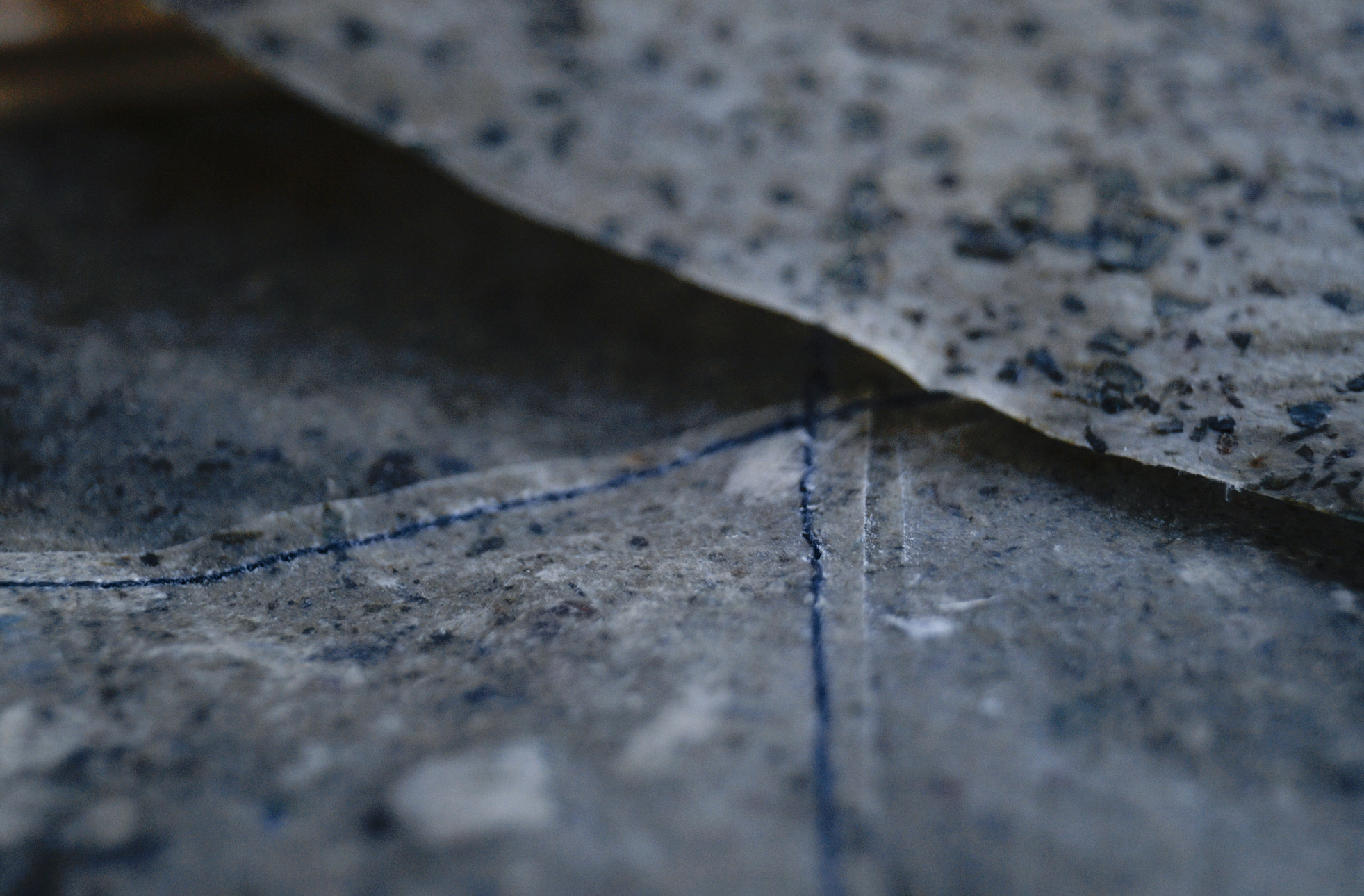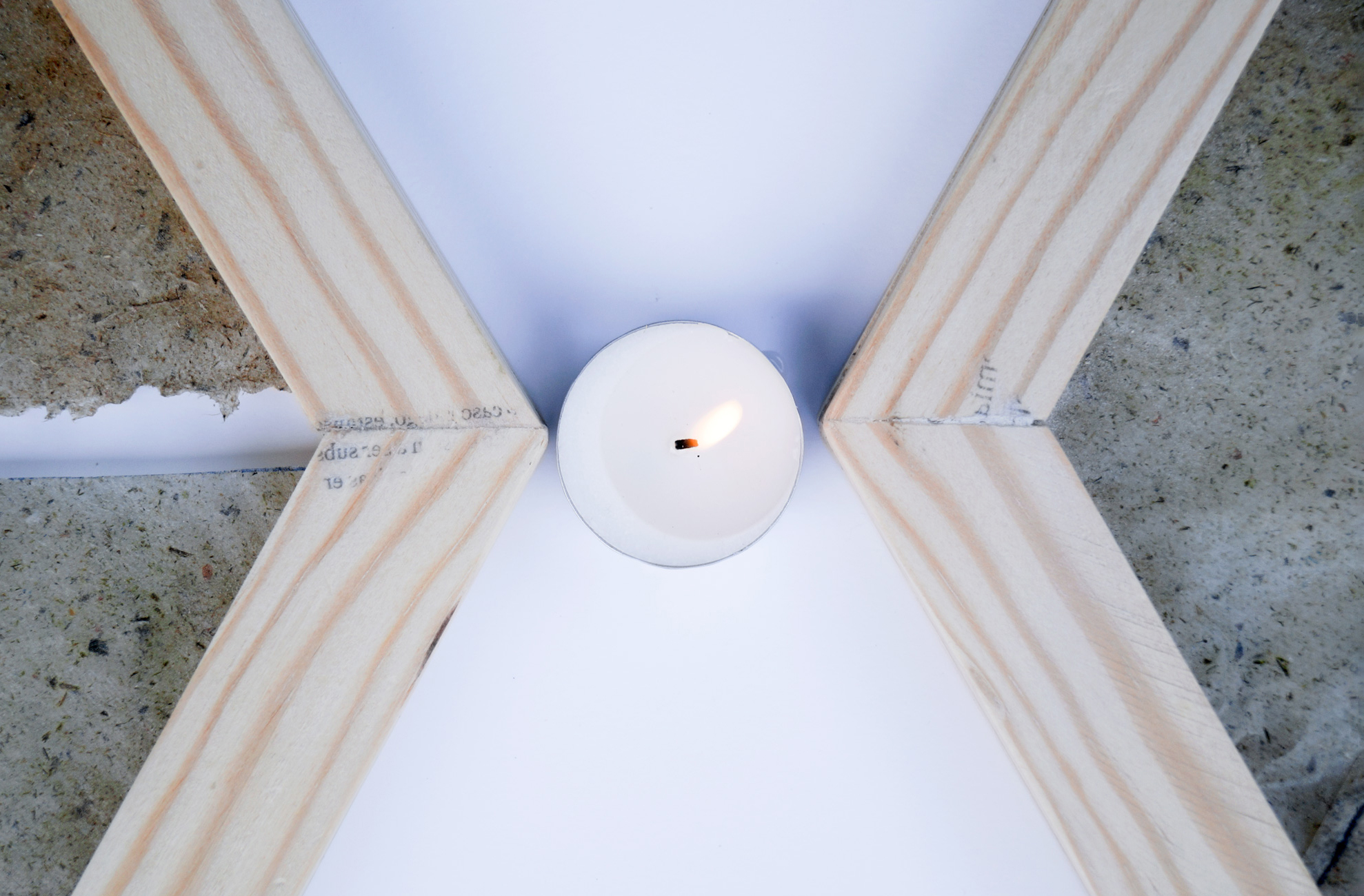Scientifical - Technical research methology
One of three researching method:
Approach to the scientific field from an artistic point of view. Science and the natural environment
in connection with artistic creation and research with new materials.
The aim is to find uses for plant waste in order to create supports that combine
traditional knowledge and natural resources.
Natural resources
Selected invasives species from the Galicia environment
The following species were selected and collected from the riverine forest area in Ribadumia, Galicia.
These species are considered invasive and/or non-native, if not at an administrative level, then at an ecological level.
- Phytolacca Americana
- Eucalyptus Globulus
- Acer pseudoplatanus
- Tradescantia
.jpeg)

How did it works?
Where can we find the link between art and science?
It is all about reuse and recicle. Second life for those vegetable waste materials that became art objects
Researching a material
- Creation of a methodology of artisanal elaboration of new materials with vegetable residues.
- Non-quimical transformations.
- Usage of tradicional artisanal techniques applied to new raw matter.
Artistic analysing of an ecosystem
- The understood of the environment through colors.
- The landscape of the environment and the micro landscape of the laboratory
interpreted through graphic techniques.
- Botanical illustrations and direct printing as ways of understanding the anatomy
of the environment around us.
Scientifical and environmental analysis
- Defining the possition of the "invasive" species into other's environments.
- Ways of extraction and different uses of the same matter in other parts of the world.
"The dualism of aesthetic experience is not definitive. The two poles are nothing but different levels of a common common need which reveals itself to us as the ultimate and deepest shield of all aesthetic experience: the yearning for alienation from the self. aesthetic experience: the desire to alienate oneself from one's own self. In the desire for abstraction the yearning for alienation from the self is incomparably more intense and more consequent. and more consistent. In it this craving does not manifest itself, as in the craving for sentimental projection, in the form of a yearning to divest oneself of the individual being, but as an impulse to redeem oneself, by the contemplation of something necessary and unalterable, from the contingency of the human itself, from the apparent arbitrariness of organic existence in general".
Worringer, W. (1910). Abstraccion y naturaleza. Fondo de Cultura Económica.
Which are the selected species?
Invasive and no-autoctonal vegetal species
The samples were collected in the riverside forest area of the Umia river, in Ribadumia, Galicia.
The species collected below are not native to the area, some are not autochthonous and others are considered invasive,
if not at an administrative level, then at an ecological level.
Acer pseudoplatanus
Arundo donax
Eucalyptus globulus
Phytolacca Americana
Tradescantia fluminensis

Artistic-practical
research methodology
To create daily design objects that encourage experimentation in printmaking and graphic techniques. Direct printing, monotype and lasser cutted xylography.

Biomaterials
general project
Biomaterials and matter from the galician natural environment applied to design, printing and manufacturing everyday use objects

Theorical-conceptual
research methodology
Participatory ethnographic qualitative methodolgy with communities of artists/artisans from different cultures. The role of the creator. The boundaries between useful, ritual and art objects.
.jpeg)
.jpeg)
.jpeg)
.jpeg)
.jpeg)
.jpeg)
.jpeg)
.jpeg)
.jpeg)
.jpeg)
.jpeg)
.jpeg)